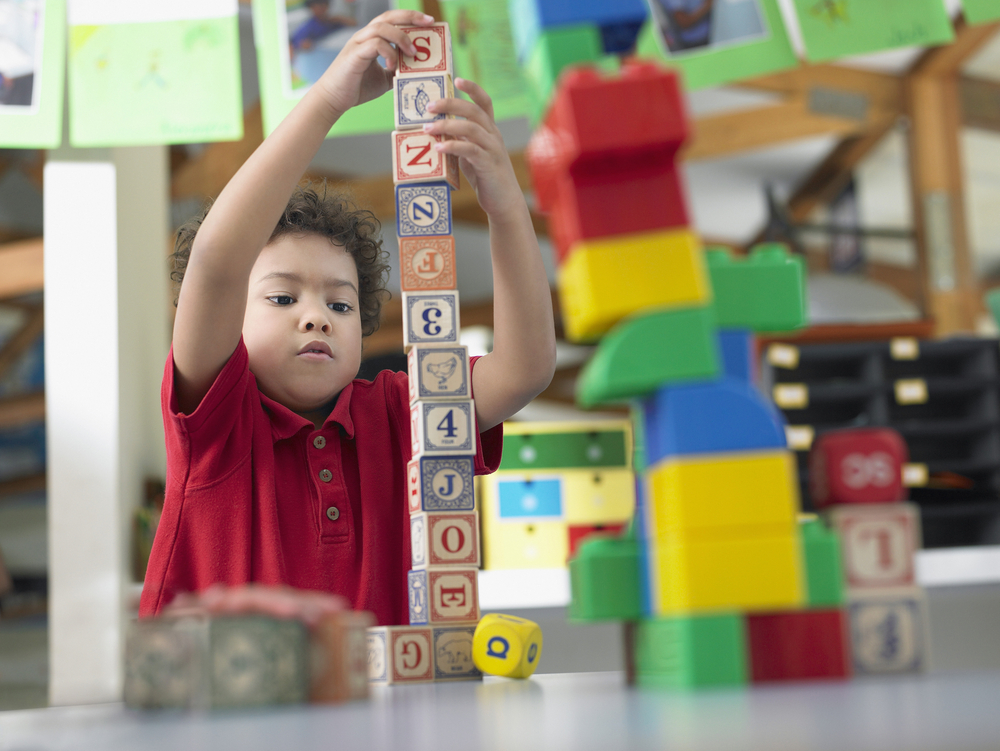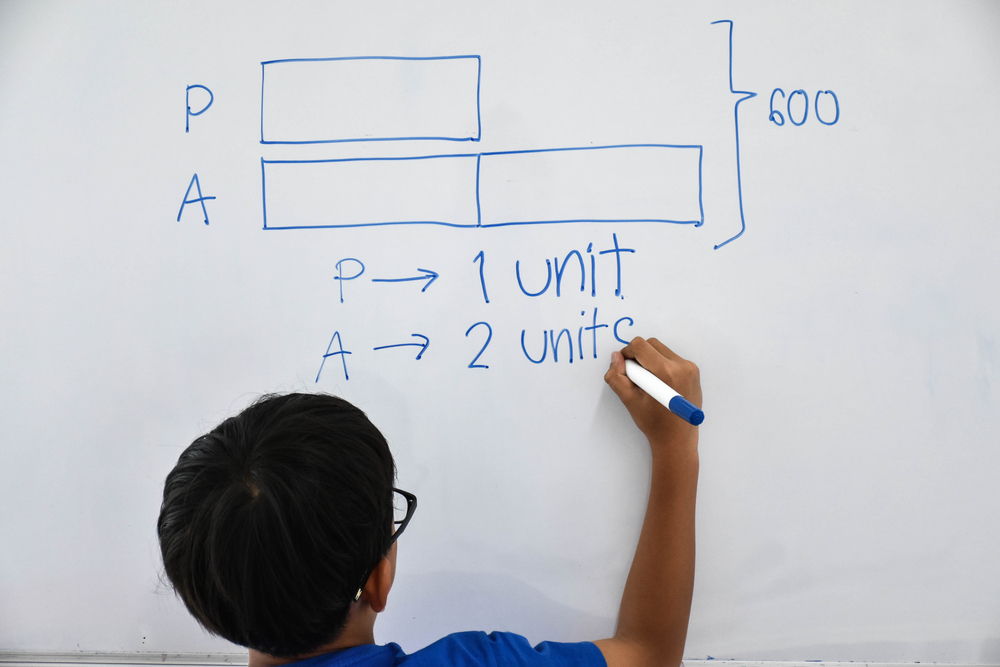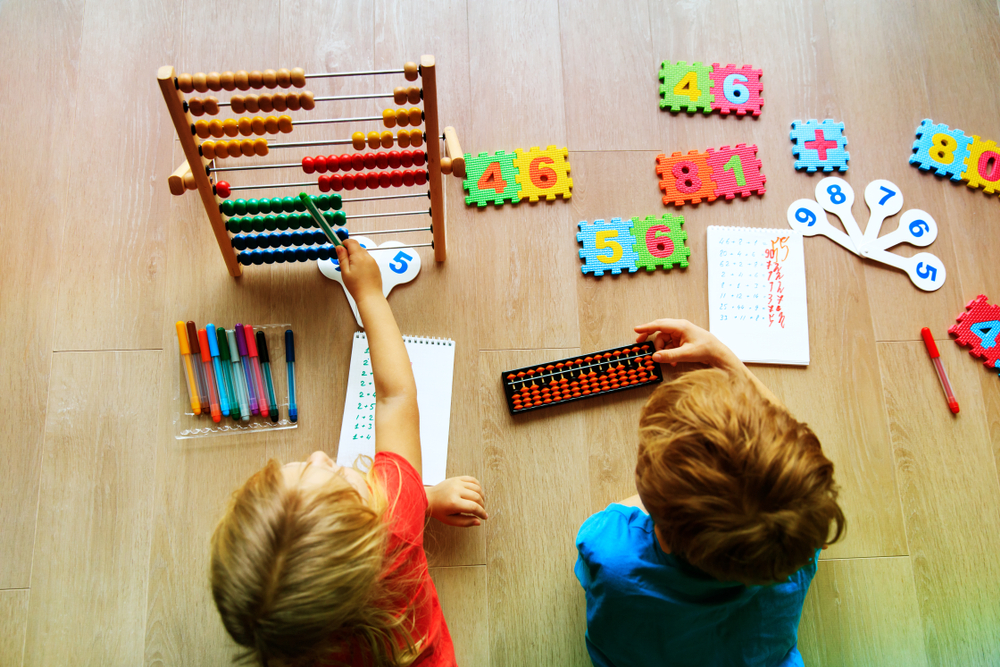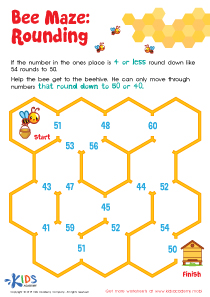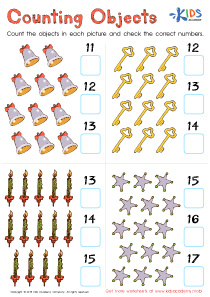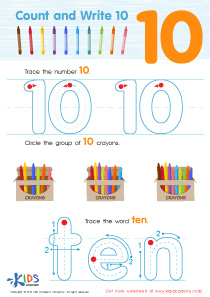Number Recognition Normal Numbers up to 100 Worksheets for Ages 6-9
13 filtered results
-
From - To
Welcome to our Number Recognition Worksheets designed for children aged 6-9! Our engaging and interactive printables focus on normal numbers up to 100, helping young learners build a solid foundation in number recognition. Each worksheet is crafted to enhance vital math skills through fun activities that include tracing, counting, and identifying numbers. These resources are perfect for teachers and parents looking to enrich their child’s learning experience at home or in the classroom. With colorful designs and age-appropriate challenges, our worksheets ensure kids stay motivated while mastering essential number concepts. Explore now and watch your child’s confidence soar!
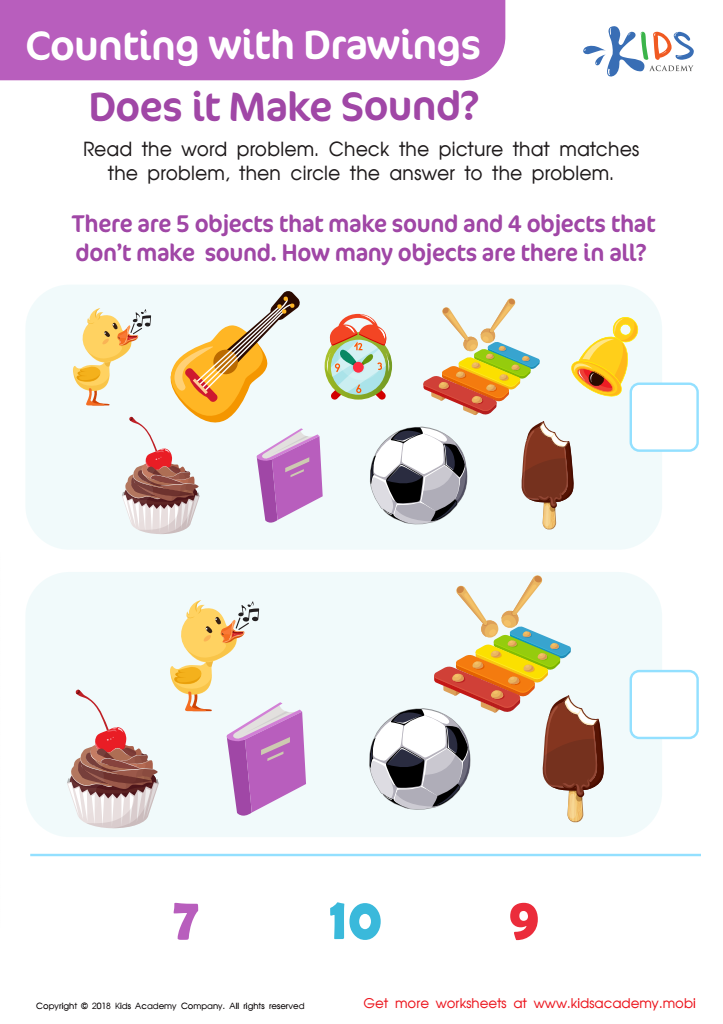

Counting With Drawings. Does It Make Sound? Worksheet
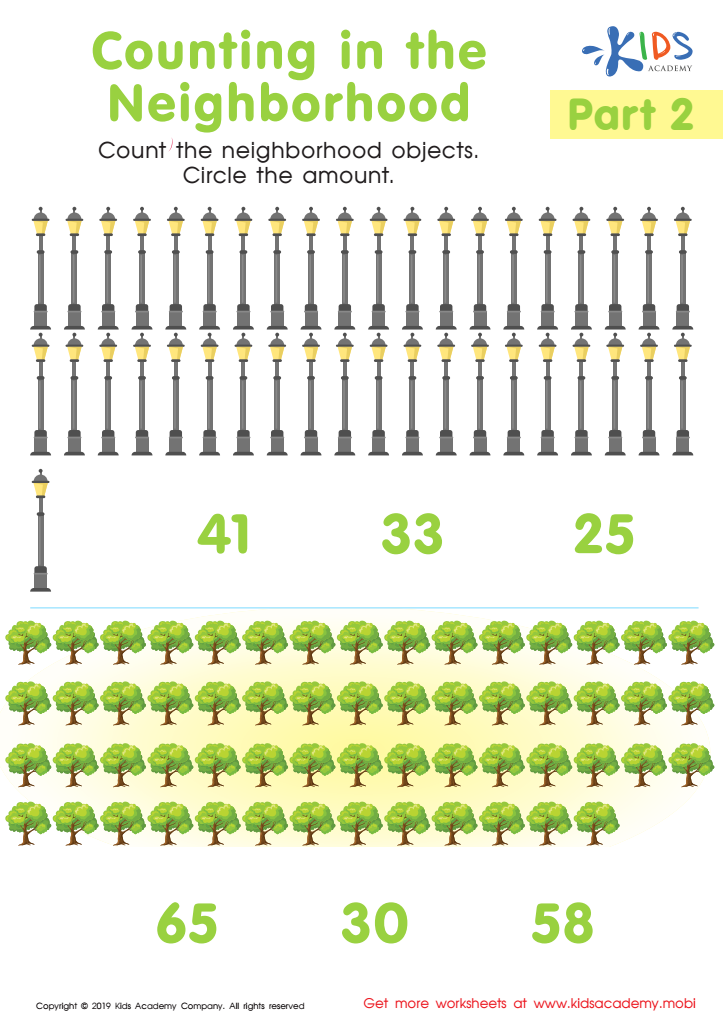

Counting In The Neighborhood Part 2 Worksheet
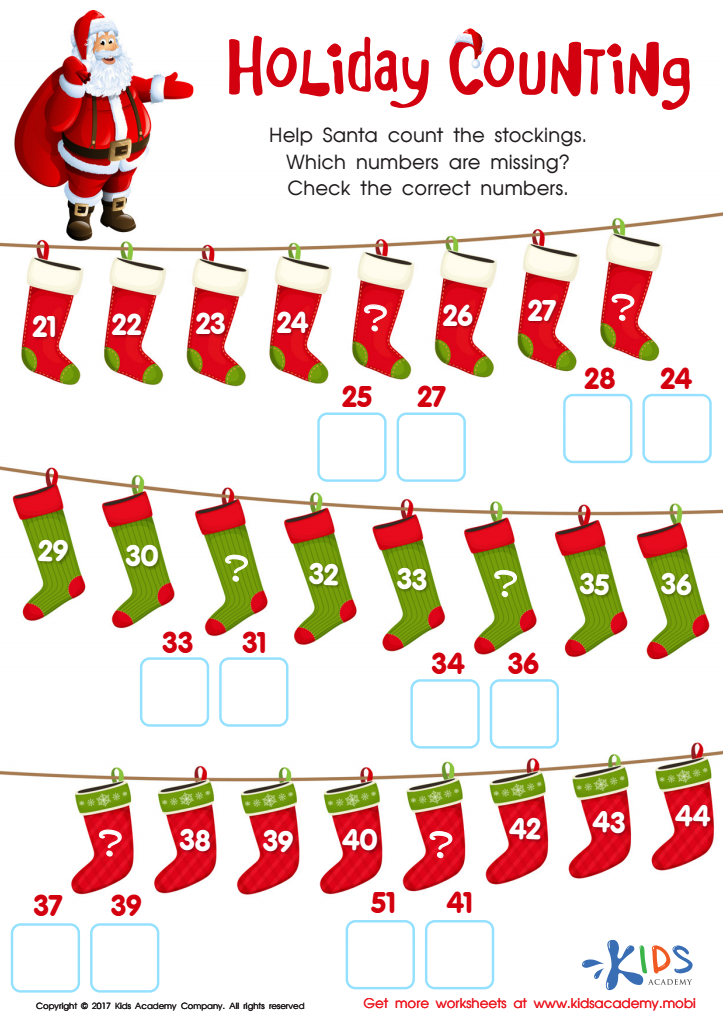

Holiday Counting Worksheet
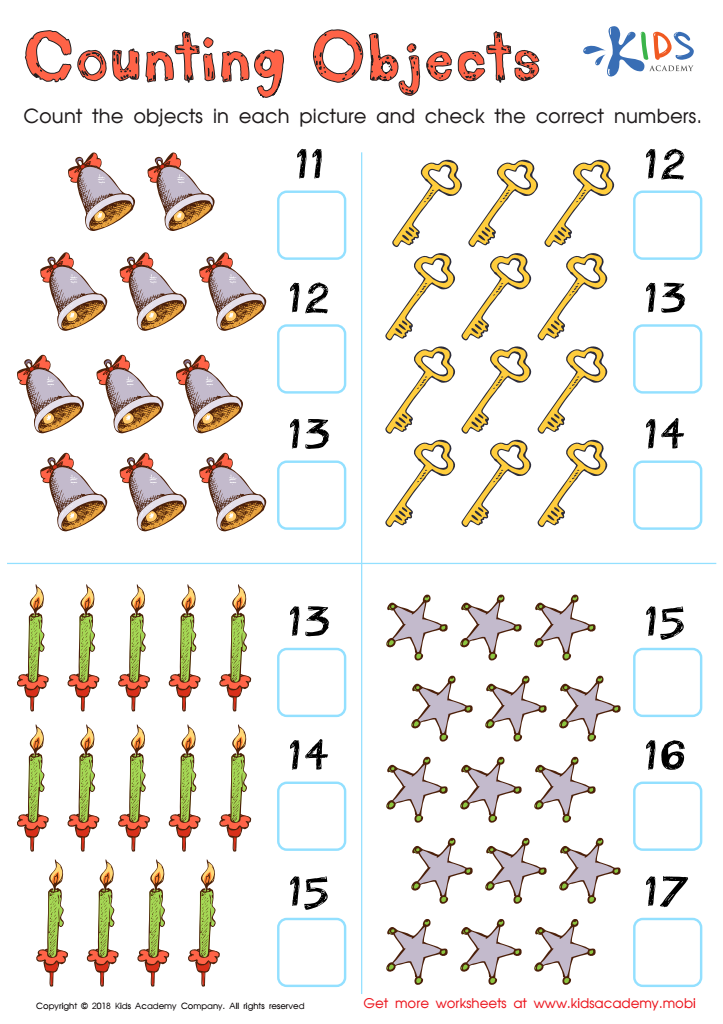

Counting Numbers Worksheet For Kindergarten
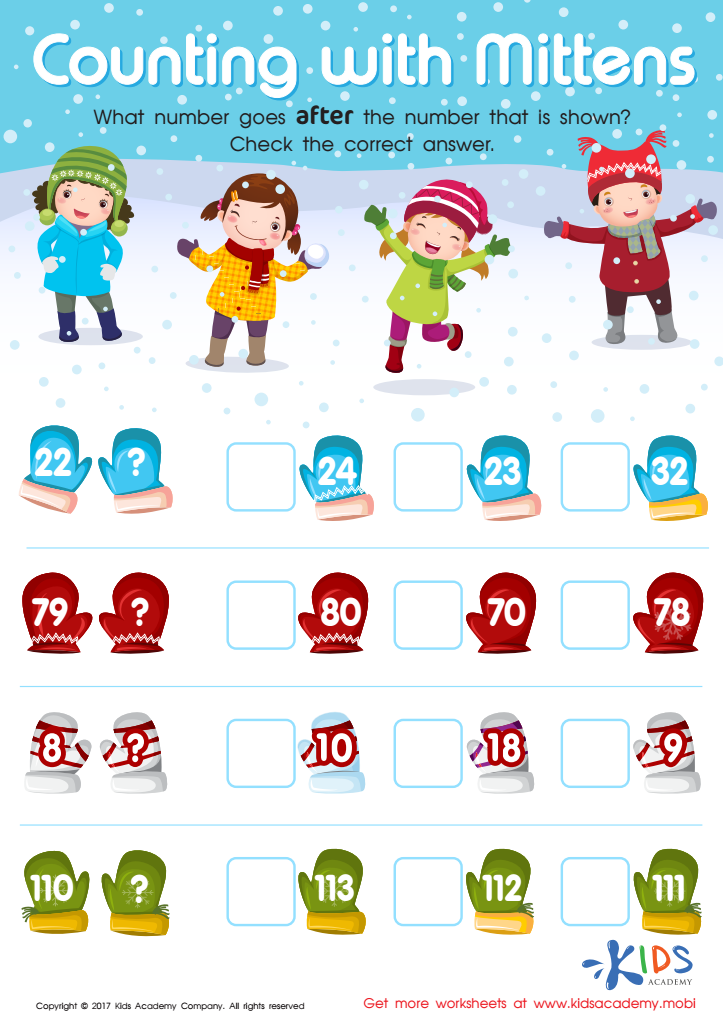

Counting with Mittens Worksheet
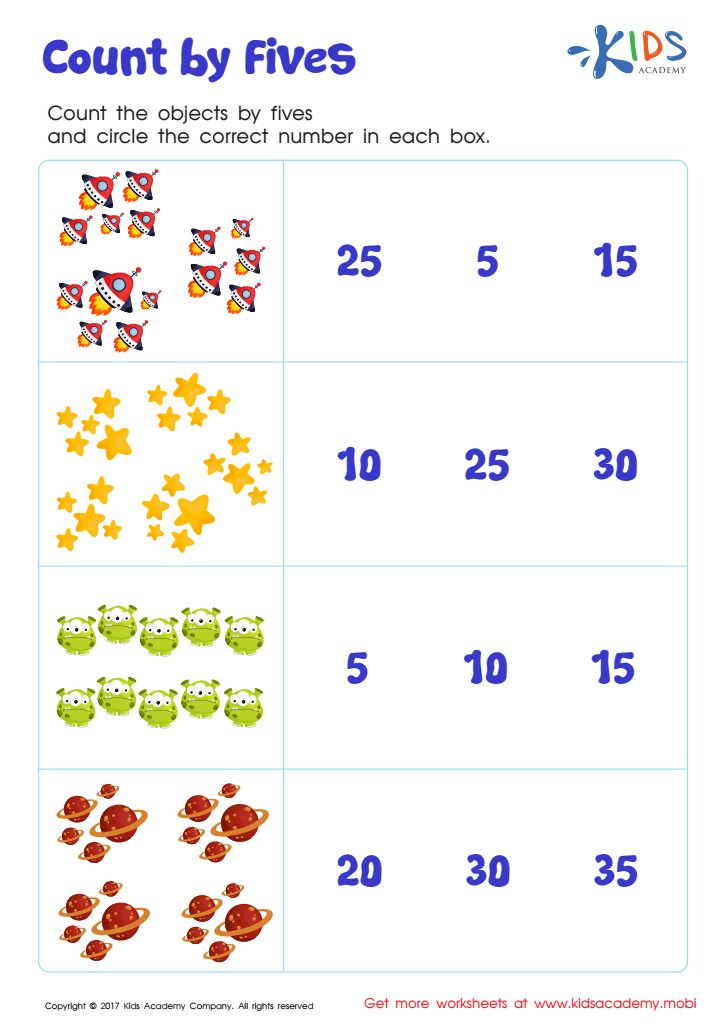

Skip Counting by 5s: Space Math Printable


Counting and Numbers: Assessment Worksheet
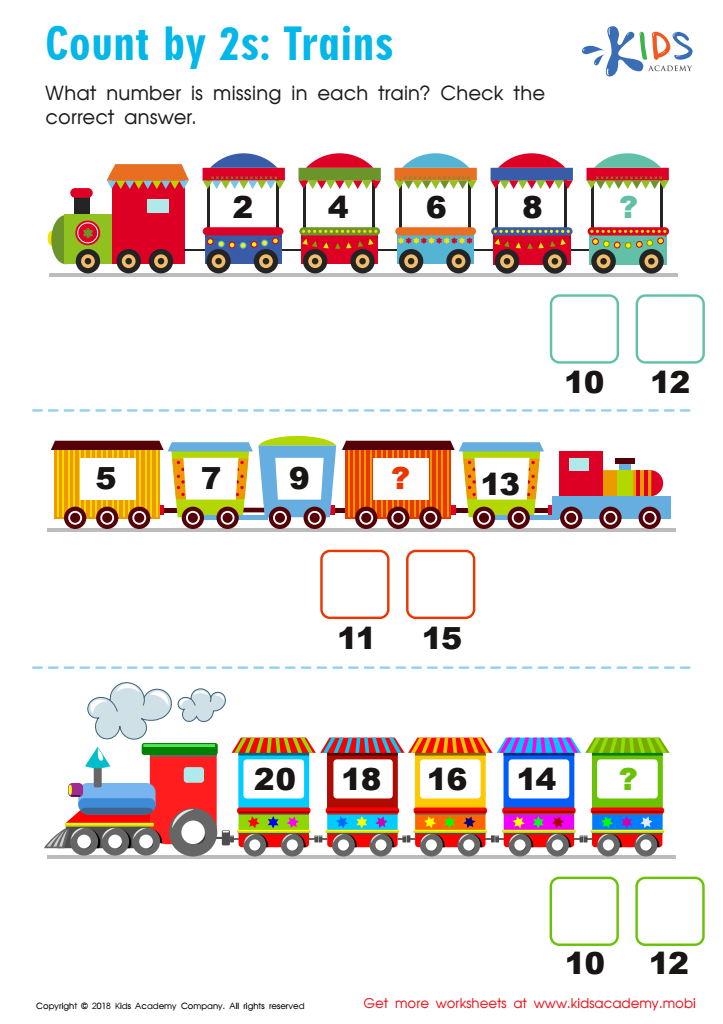

Count by 2's: Trains Worksheet
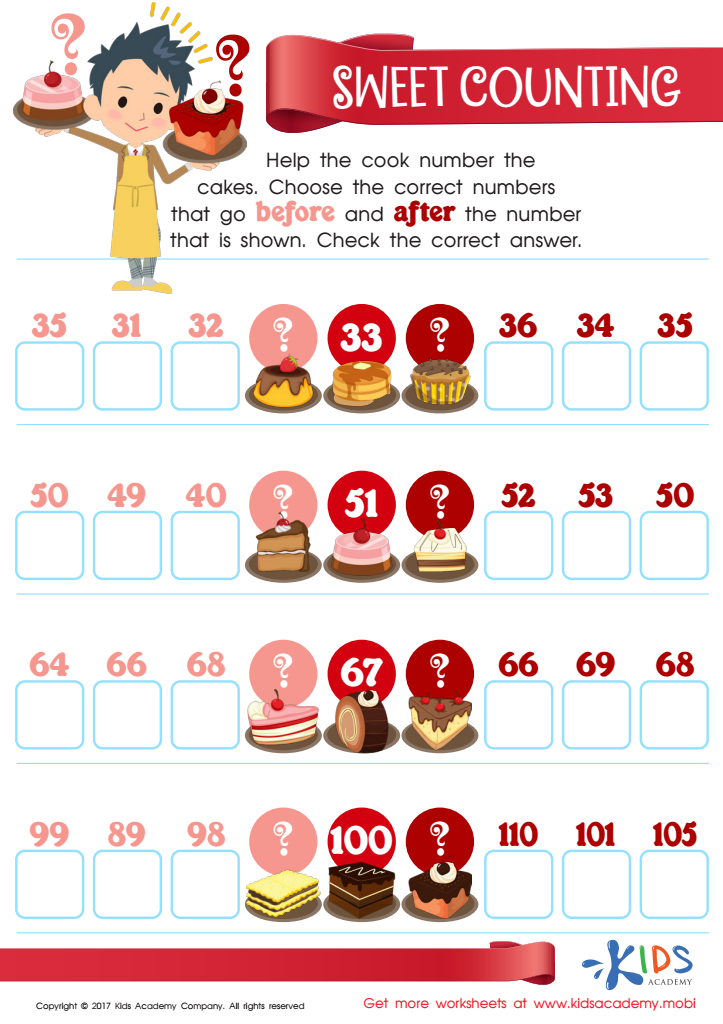

Sweet Counting - Part 1 Worksheet
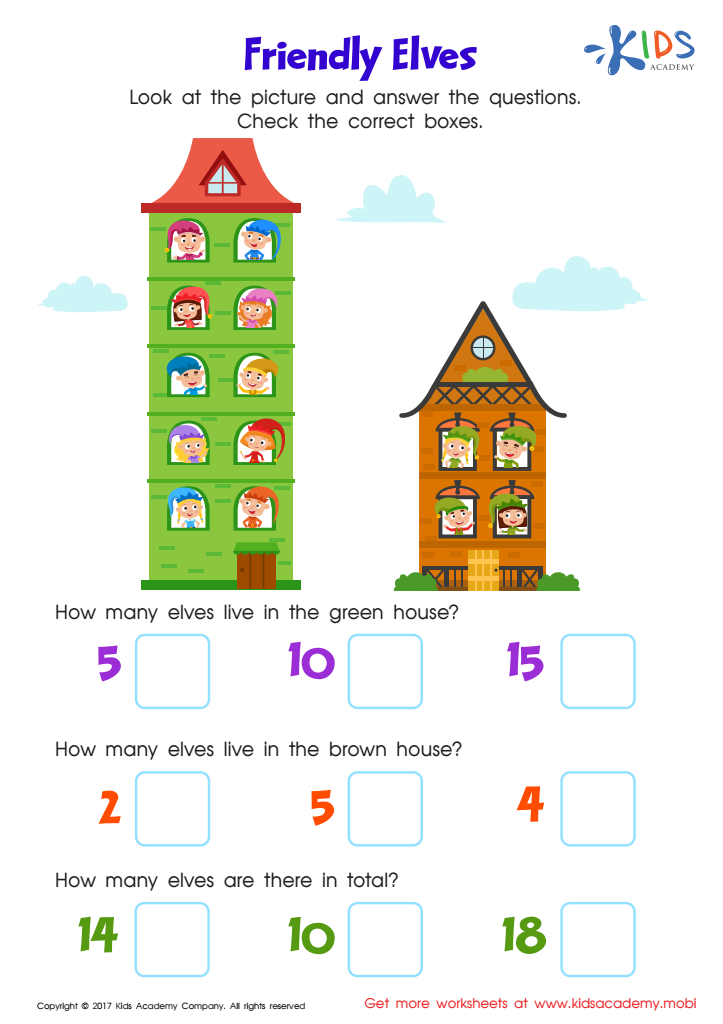

Place Value: Friendly Elves Worksheet
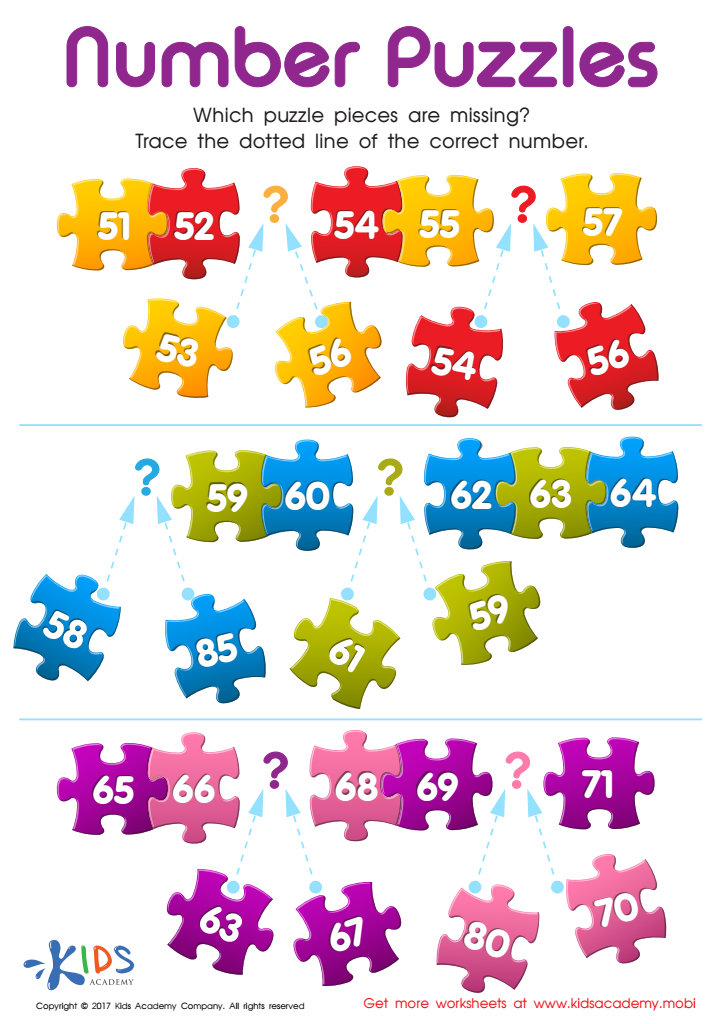

Number Puzzles Worksheet
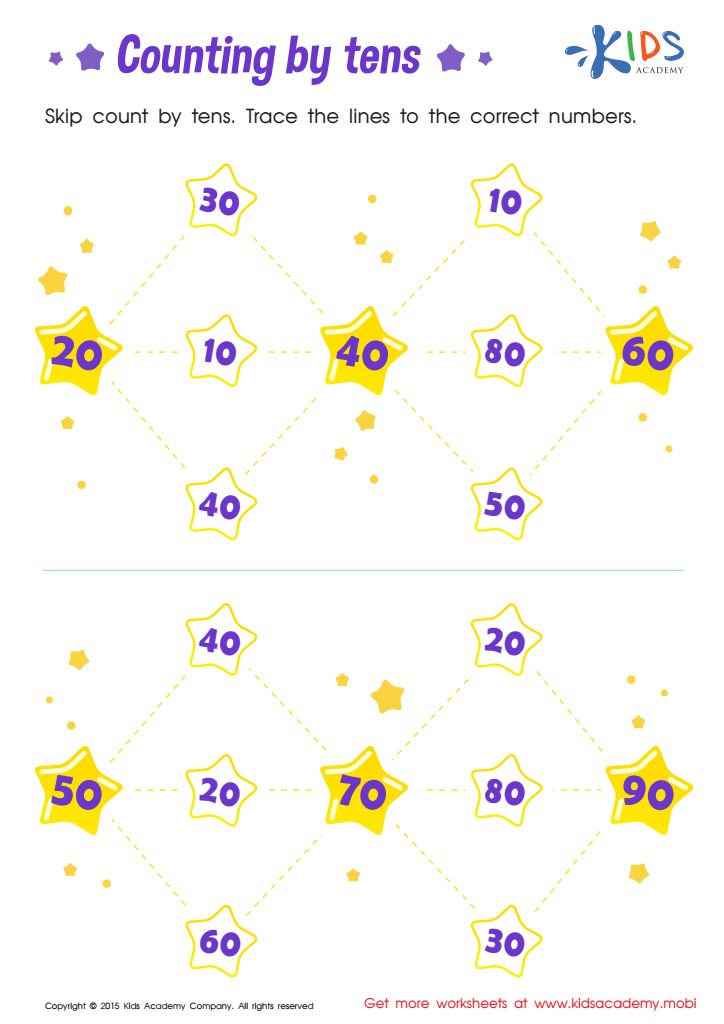

Learn Dozens: Counting by Tens Printable
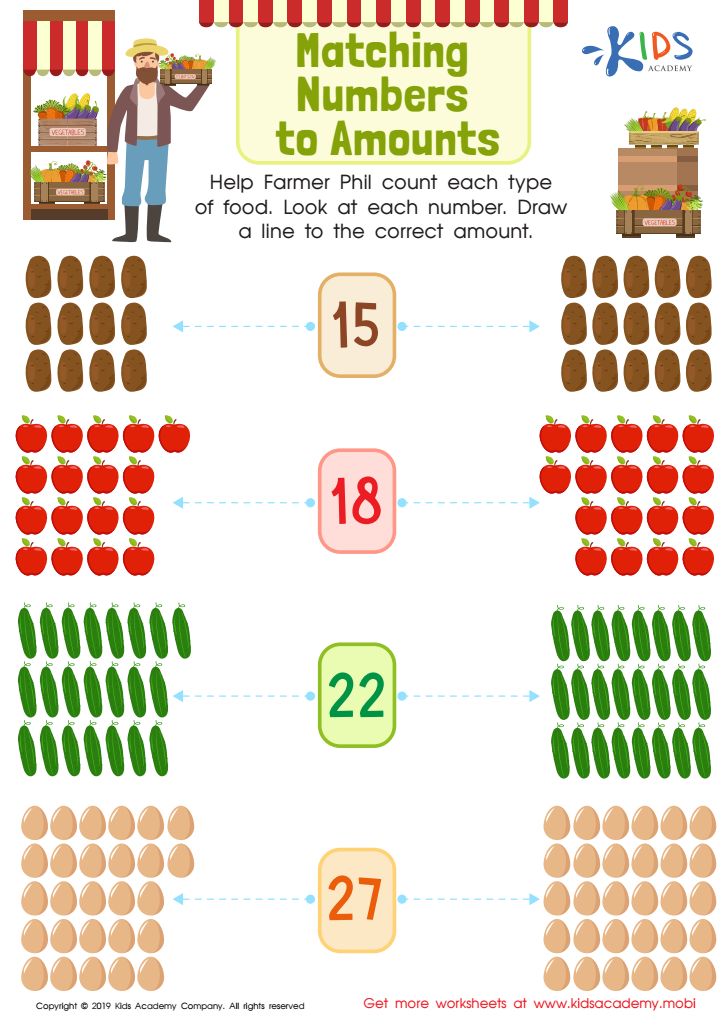

Matching Numbers to Amounts Worksheet
Number recognition is a foundational skill for children aged 6-9 that significantly impacts their mathematical development and overall learning. Mastering normal numbers up to 100 provides several advantages that benefit both academic success and daily life experiences. First, it equips students with essential counting skills, enabling them to grasp more complex mathematical concepts such as addition, subtraction, and even early multiplication.
Moreover, number recognition fosters confidence in children, allowing them to participate actively in classroom discussions and problem-solving tasks. Early mastery of number recognition also prepares them for standardized tests and assessments, which often include number-related questions. Additionally, these skills are not just academic; they translate into functional life skills, allowing children to engage in shopping activities, manage money, or even understand time.
Parents and teachers play a crucial role in this developmental aspect. By reinforcing number recognition through engaging activities such as games, songs, and hands-on exercises, they can cultivate a positive learning environment. This enables children to take ownership of their math skills, laying a strong foundation for future learning and critical thinking. In essence, prioritizing number recognition can lead to enduring educational benefits and a more confident approach to math in young learners.
 Assign to My Students
Assign to My Students


